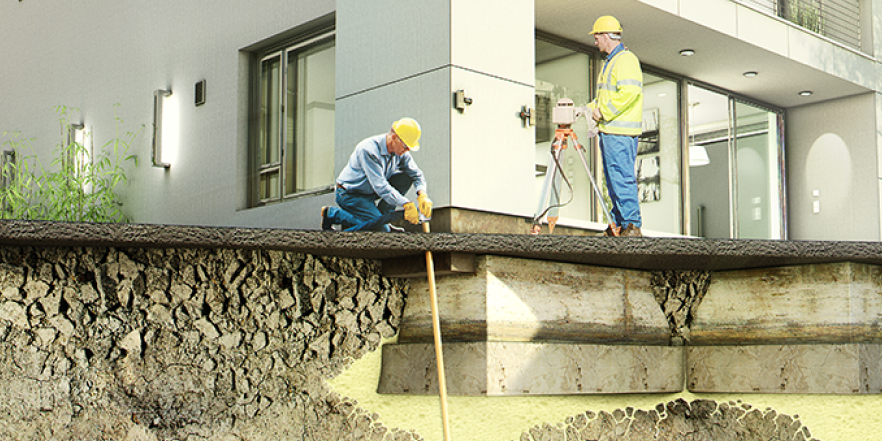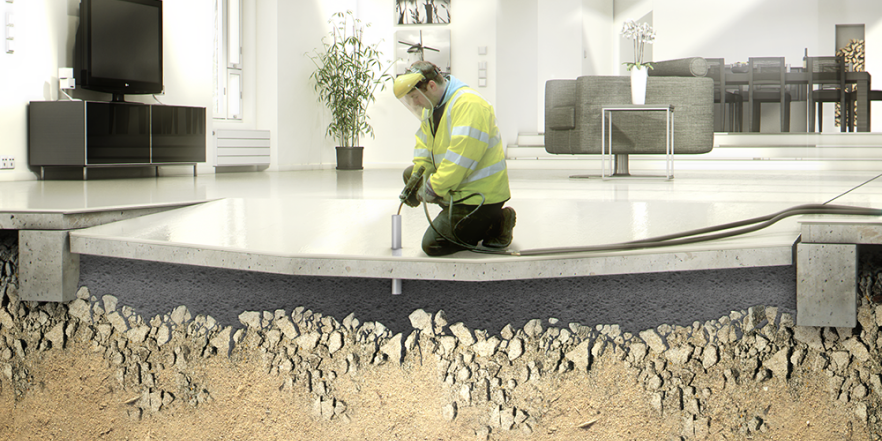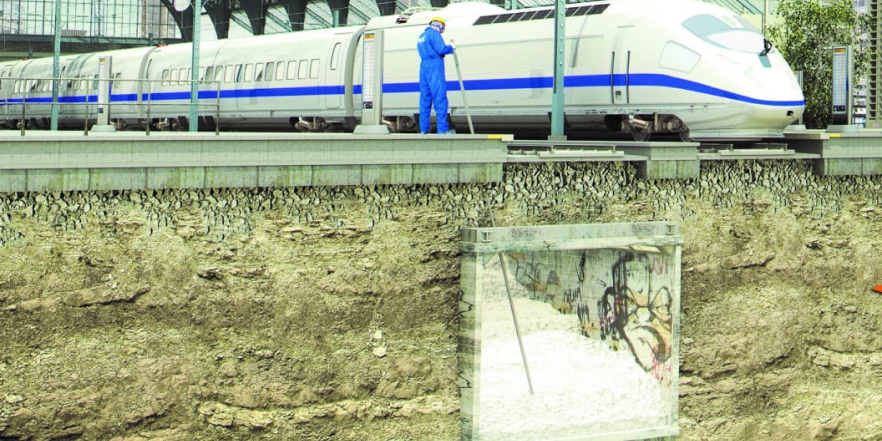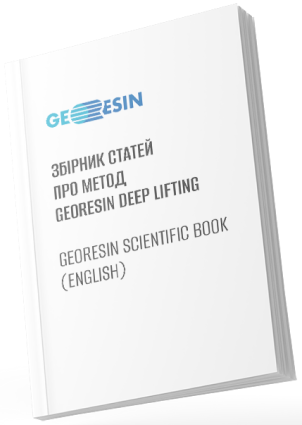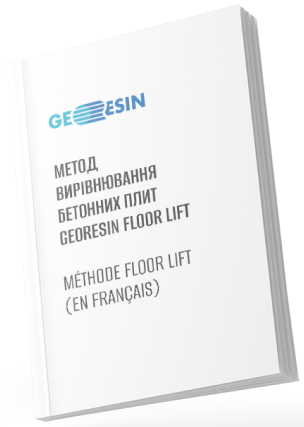DEEP STABILIZATION METHOD
INDIVIDUAL SELECTION OF MATERIALS AND TECHNICAL SOLUTIONS FOR A PARTICULAR PROJECT
DEEP STABILIZATION geopolymer injection method of GEORESIN’s technology is used to strengthen soils and to lift bases, wall foundations, and other infrastructure elements of buildings and constructions, which are deformed and subside due to geological processes, natural aging or errors in design and construction. This method can be used both for private houses and industrial facilities at different stages of construction, as well as during the operation of the facility without stopping the technological processes.
DEEP STABILIZATION is an innovative method that is based on the expansive action of a chemical reaction when two geopolymer components are mixed. Geopolymers are highly durable and resistant to dynamic loads and environmental influences.
THE DEEP STABILIZATION method involves the point injection of a two-component geopolymer resin into the soil thickness. As a result of a chemical reaction, the GEORESIN material expands up to 30 times, filling voids and removing moisture from pores. As a result of the chemical reaction, the material expands, thereby compacting the base soil, thus increasing its strength and stability. With the DEEP STABILIZATION deep injection method of GEORESIN’s technology it is possible to lift sagging parts of buildings and structures.
DEEP STABILIZATION can be used in the following cases:
- · lifting and strengthening the foundations of buildings and structures that have subsidence due to weak or unstable soil bases;
- · repair and reinforcement of bases of various industrial facilities, including factories, warehouses, and production halls;
- · lifting and strengthening of railroad tracks and roads, which have deformations and subsidence;
- · repair and strengthening of road and airfield beds, including asphalt and concrete pavement;
- · repair and strengthening of bridge and tunnel structures;
- · strengthening of dams, embankments, and other hydraulic structures to prevent subsidence and collapse;
- · strengthening and protection of pipelines against deformation and destruction due to subsidence.
